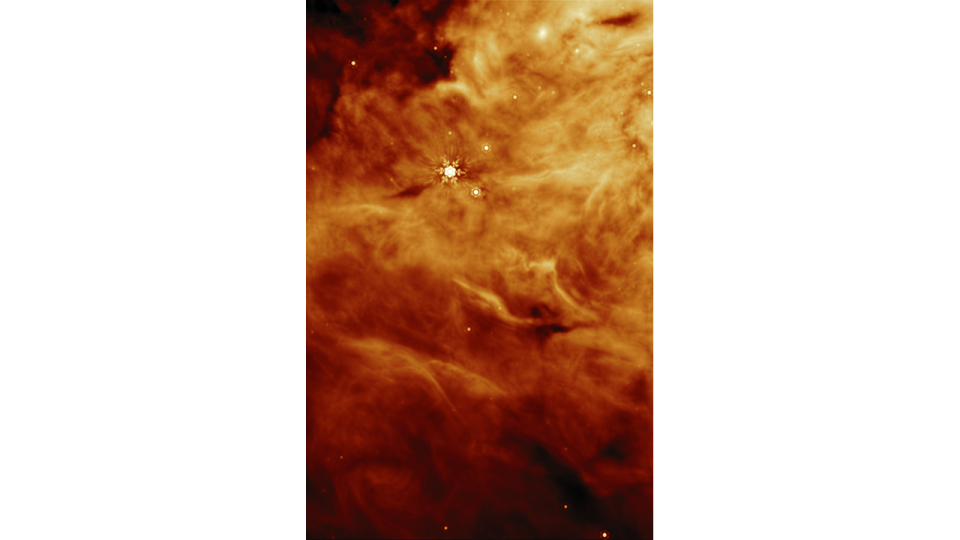A team of astronomers using the James Webb Space Telescope discovered key ingredients for making potentially habitable worlds, and perhaps a cocktail, around two baby stars, NASA said Wednesday.
The chemical ingredients identified around the protostars, known as IRAS 2A and IRAS 23385, are tied to habitable planets and familiar parts of life on Earth: margaritas, vinegar and ant stings, NASA said.
Astronomers used Webb’s mid-infrared instrument to identify icy compounds made up of ethanol, a chemical in alcoholic drinks, and likely acetic acid, an ingredient in vinegar. They also identified formic acid, which causes the burning sensation of ant strings, along with methane, formaldehyde and sulfur dioxide.
NASA noted that planets are not yet forming around the young stars, even though the chemicals found are key ingredients for making potentially habitable worlds. The space agency said IRAS 2A is of particular interest because it’s a low-mass protostar, which means it may be similar to the early stages of our own solar system. NASA said the chemicals identified around the young star could have also been involved in the first stages of development of our solar system.
“All of these molecules can become part of comets and asteroids and eventually new planetary systems when the icy material is transported inward to the planet-forming disk as the protostellar system evolves,” Ewine van Dishoeck of Leiden University, one of the coordinators of the science program, said in a NASA post.

The icy compounds identified by astronomers are made of complex organic molecules.
“This finding contributes to one of the long-standing questions in astrochemistry,” team leader Will Rocha of Leiden University in the Netherlands said. “What is the origin of complex organic molecules, or COMs, in space?”
The COMs found in ice around the young stars “makes astronomers hopeful about improved understanding of the origins of other, even larger molecules in space,” NASA said.
What to know about taking out a 401(k) loan
Olivia Munn reveals breast cancer diagnosis, says she had double mastectomy

Dr. Sarah Adams is a scientist and science communicator who makes complex topics accessible to all. Her articles explore breakthroughs in various scientific disciplines, from space exploration to cutting-edge research.





.png)


